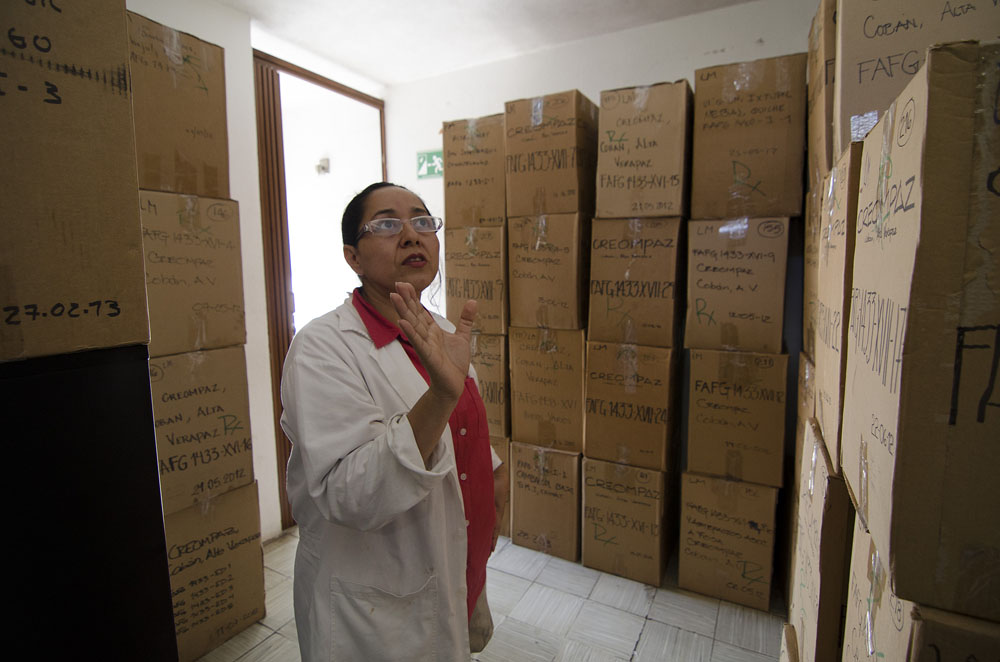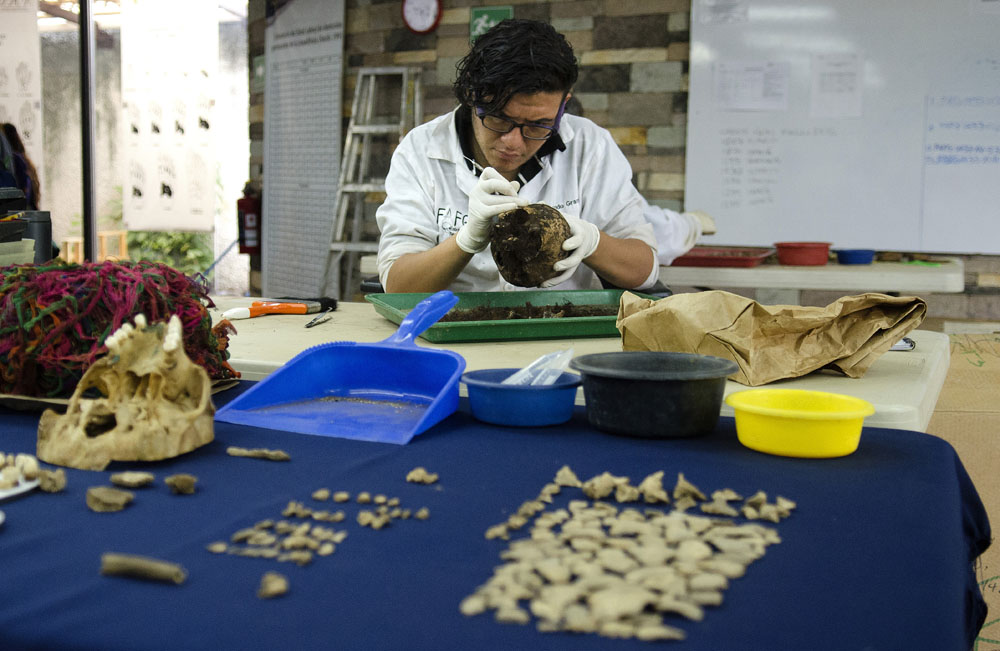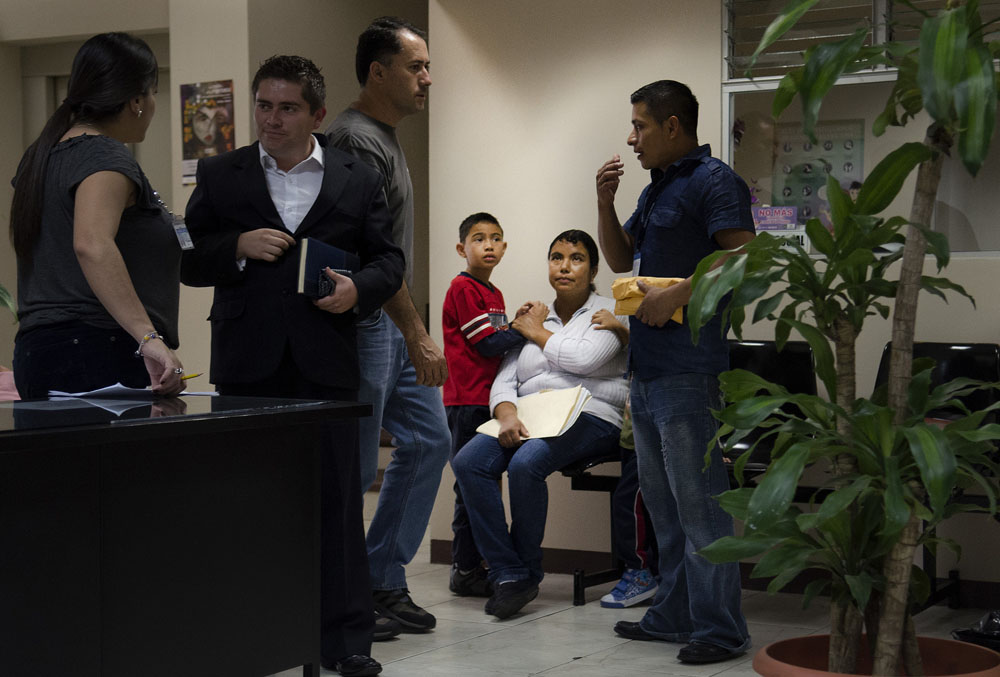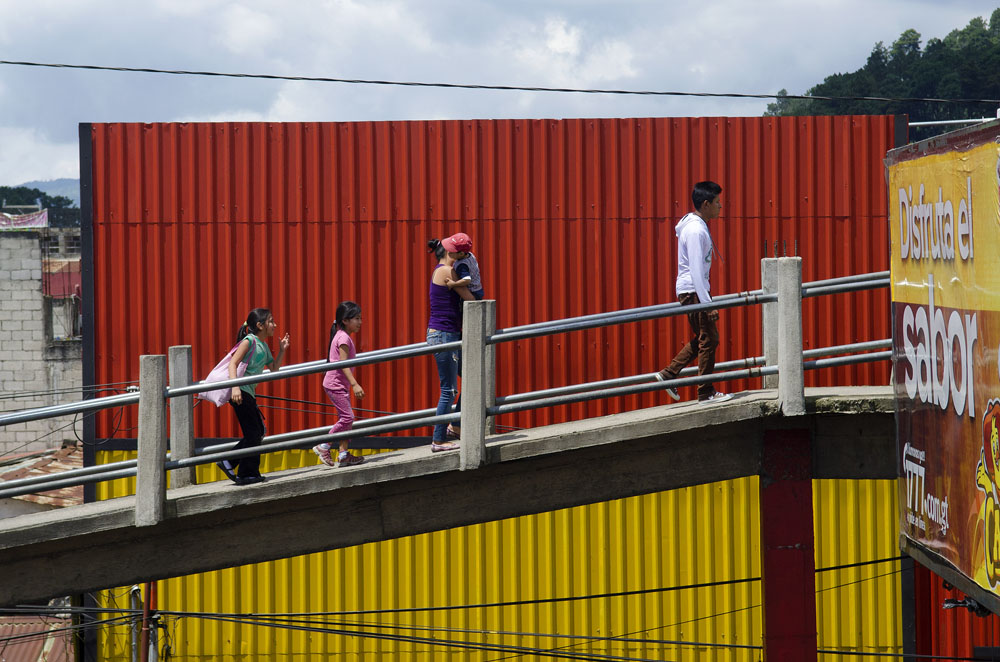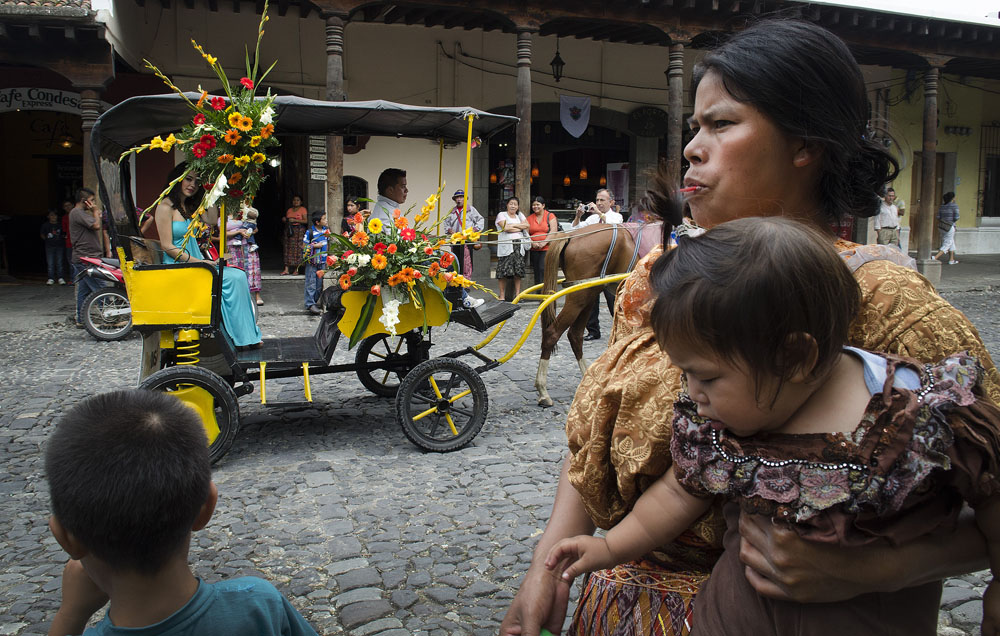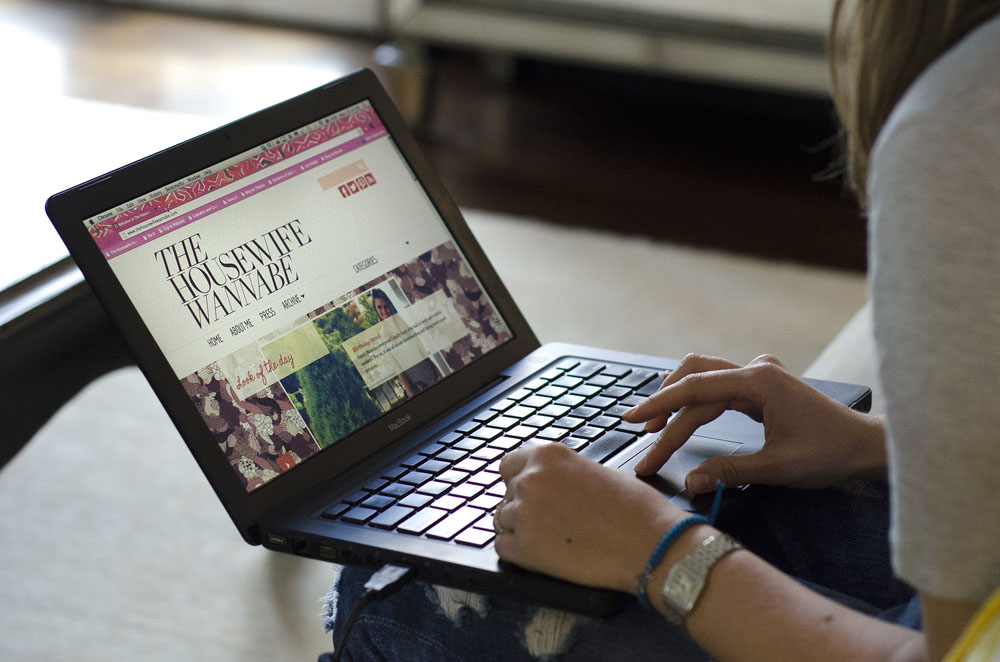Our van dropped us off at the Forensics Office in Guatemala City. It was our first day, and to get a better historical context of the country we were in, my professor thought it was appropriate to start by looking at the effects of the Guatemalan genocide. I photographed the skeletal remains of the victims as well as the rooms that held boxes stacked ceiling high containing more remains waiting to be analyzed. It dawned on me that the majority of these victims would never be identified, as most are put to rest with a serial number. “Bienvenidos a Guate,” I thought to myself.
I traveled to Guatemala as a research fellow of Seattle University as part of a class that was partnered with the Seattle International Foundation. Our group of professors and other researcher fellows went to do an “impact assessment” of a non-profit in Chimaltenango, Guatemala. The NGO works with violence against women. I documented our work, while the others conducted interviews with the beneficiaries of the NGO, government officials, and members of the Guatemalan justice system. We took a hard look at the historical context of Guatemala to help us understand the world we were working in. 36 years of civil war hit the country hard, including the genocide and gender based violence used as a weapon of war. Guatemala is currently one of the worst gender equal countries in the world, and is in the top five countries in the world for the worst malnutrition rates in children. Despite these harsh realities of the country we were visiting, I decided that wasn’t the focus or the story I wanted to tell. I find it all too common in documentary photography work that photographers document the brutalities of the countries they are in, and I wanted shed light on the positive work that is being done to combat these forces. I found this sense of hope through the women who are working at the non-profit who, against all odds, are standing up for their rights.
I was first concerned about traveling to Guatemala due to its high crime, gang presence, and turbulent past. Corruption is all too common, and as a six foot tall American I knew I would stand out. Carrying a standard camera bag would not be the wisest idea either, so I made a makeshift bag (pieced together by combining a messenger bag I found at an army surplus store, some padded photo inserts, and stitching on some flags of Latin American countries for flare. In the end, it cost me about $70! Cheap!) to hold my Nikon D7000 with battery grip, three lenses, Macbook Pro, and all the other odds and ends a photographer needs while abroad. Needless to say, it was uncomfortable when fully loaded, but I was able to carry it onto the airplane, and once I was in country, I dropped the laptop at the hotel and the bag worked like a charm.
Once we began work at the non-profit’s office, I realized my job was complicated in more ways than I had initially expected. Shooting in a group while everyone has their own objectives makes a photographer’s job difficult. Communicating, and communicating very clearly multiple times is very important. Yet the hardest and most challenging part was getting our subjects, the beneficiaries of the non-profit, to allow me to photograph them. After all, these were the female survivors of domestic violence perpetrated by men. I was fortunate, however, to have an amazing team to work through this obstacle. They helped explain our team’s objectives and build the necessary trust. Our contacts from SIF who acted as our “gatekeepers” to the community we entered were also invaluable. From all the lessons I learned from this experience abroad, the most important is having a “gatekeeper,” or someone who is connected and able to open the doors to a community for you. Without those contacts, work is impossible. These “gatekeepers” are trusted. You have to trust your teammates, and you have to be trusted.
My photography professor and I cleared a space in the non-profit’s office to make a portrait studio. We picked a nice salmon colored wall next to a window that acted as our softbox. Initially, I was frustrated because I knew we were going to have a show of our work upon return to our university and I was clueless as to how we were going to pull it off. Simplicity worked, however. When all else fails, go for simplicity. The soft light provided by the window fell across the subject’s faces and the color of the backdrop glowed nicely. In total, we photographed about 40 beneficiaries, which will act as the centerpiece for our show. Showing the multitude of faces that have been affected by domestic violence seems appropriate and echoes the immensity of the issue currently plaguing Guatemala.
In addition to photographing the beneficiaries of the NGO, I did a lot of street shooting with the photography professor who accompanied our group. Our goal was to look for the visual signs of the machismo culture, and any signs that spoke to inequalities and gender roles in Guatemala society. We had few opportunities to conduct this work, so every moment counted as we explored the surrounding pueblos, busy market places, and city streets. I am used to photographing in foreign countries, and conducting this type of work can be very difficult. I have learned that making face-to-face contact and explaining your work is crucial to being allowed in to certain situations to photograph. This smaller body of work is important as well because it provides a contextualization of the situation we were in.
After the group portion of the trip was over, I had the opportunity to work with a freelance journalist and photograph a story for Al-Jazeera (You can see the story here). The story we covered provided a startling contrast yet tied in to the work I was doing. The story was about Barbara Stacishin, a woman who runs the most popular lifestyle blog in Guatemala called “thehousewifewannabe.” What makes it so interesting is that the blog is written in English, and the creator is Brazilian born. As the author of the story touched on, this blog is potentially dangerous because of the reinforcement of certain gender stereotypes in a country plague with gender-based crimes. It was a difficult shooting situation, as we spent the majority of the time in Barbara’s apartment. I had the impression that she was scared to leave her home, which I believe further distances herself from Guatemalan society. I photographed her in her lavish apartment that looked as if it could exist in any highly developed country.
My final takeaways from the trip are: Gatekeepers, trust, and more trust.
A final showing of the work will be on display at the Kinsey Gallery in the Admissions and Alumni Building, Thursday, September 26th, from 5-7 pm (12th and Marion, Seattle University) sponsored by the Matteo Ricci College’s Poverty Education Center, in partnership with the Seattle International Foundation.
-Sy Bean
sbeana@gmail.com
Sy Bean currently interns at the Seattle Post-Intelligencer (www.seattlepi.com) while working for the Marketing and Communications Department at Seattle University. Sy is looking forward to graduating in the spring of 2014 with a degree in Environmental Studies and Spanish. Sy hopes to start a career as an international correspondent in Latin America after graduation.
